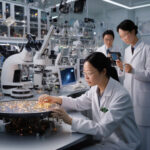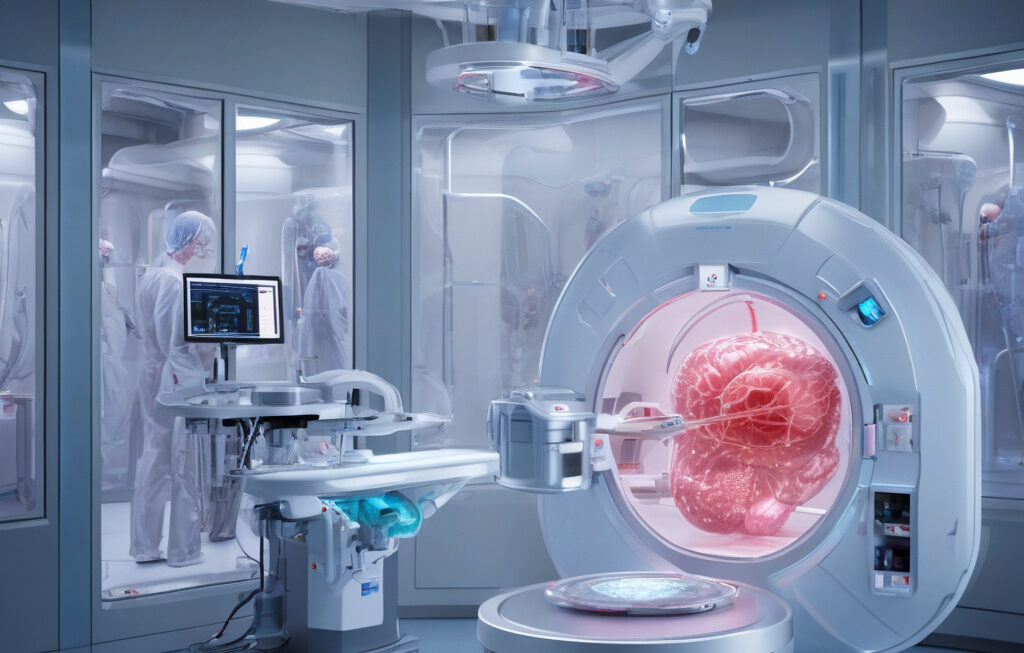Robots Can Handle Objects Like Humans, Sense When Something Might Slip with New Method
Engineers from Britain implemented a novel approach to improve how robots grip and handle fragile, delicate objects. This innovative method allows robots to have a sense of touch and adjust their grip, much like humans, to prevent items from slipping. The development marks a significant leap forward in robotics technology, with potential applications across various industries.
Traditionally, robots have struggled to handle fragile objects with the same dexterity as humans. The inability to sense when an object might slip has been a major limitation in industries requiring precise and delicate manipulations. However, the new method introduced by British engineers aims to address this challenge by incorporating tactile sensors into robotic grippers.
These tactile sensors enable robots to detect changes in friction and pressure on the object they are handling. By continuously monitoring these signals, the robots can make real-time adjustments to their grip to prevent slippage. This level of sensitivity and responsiveness brings robots closer to mimicking human-like handling capabilities, opening up a world of possibilities for automation in industries such as manufacturing, healthcare, and logistics.
One of the key advantages of this new method is its versatility. Unlike traditional robotic grippers that rely on predetermined algorithms for grasping objects, the tactile sensors allow for a more adaptive and intuitive approach. This means that robots can handle a wider range of objects, regardless of their shape, size, or surface texture.
In the manufacturing sector, this technology has the potential to revolutionize assembly line processes. Robots equipped with tactile sensors can securely grip delicate components without causing damage, leading to higher precision and efficiency in production. Similarly, in healthcare settings, robotic assistants can handle sensitive medical instruments and equipment with the utmost care and precision, reducing the risk of errors.
Furthermore, the integration of tactile sensors in robotic grippers paves the way for safer human-robot collaborations. As robots become more capable of sensing their surroundings and reacting to changes, the risk of accidents and injuries in shared workspaces diminishes. This enhanced level of safety and precision is crucial for industries where humans and robots work in close proximity.
The successful implementation of this new method by British engineers underscores the endless possibilities of innovation in robotics. By bridging the gap between human touch and robotic handling, this technology has the potential to transform industries and streamline processes in unprecedented ways. As automation continues to evolve, advancements like tactile sensors in robotic grippers are poised to shape the future of work and productivity.
In conclusion, the introduction of a new method that enables robots to handle objects like humans and sense when something might slip represents a significant milestone in robotics technology. By incorporating tactile sensors into robotic grippers, engineers have unlocked a new level of dexterity and adaptability in robotics, with far-reaching implications for various industries. As this technology continues to advance, we can expect to see robots playing an increasingly integral role in enhancing efficiency, precision, and safety across diverse sectors.
#Robots, #Innovation, #Technology, #Automation, #Engineering












